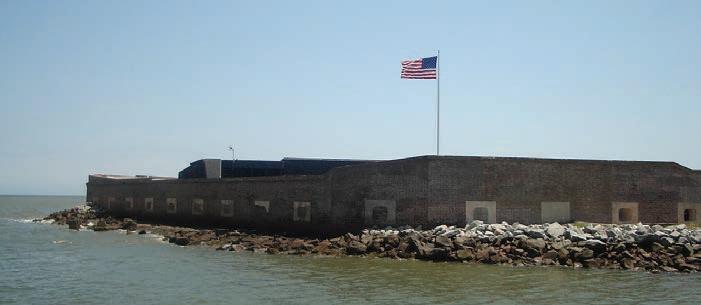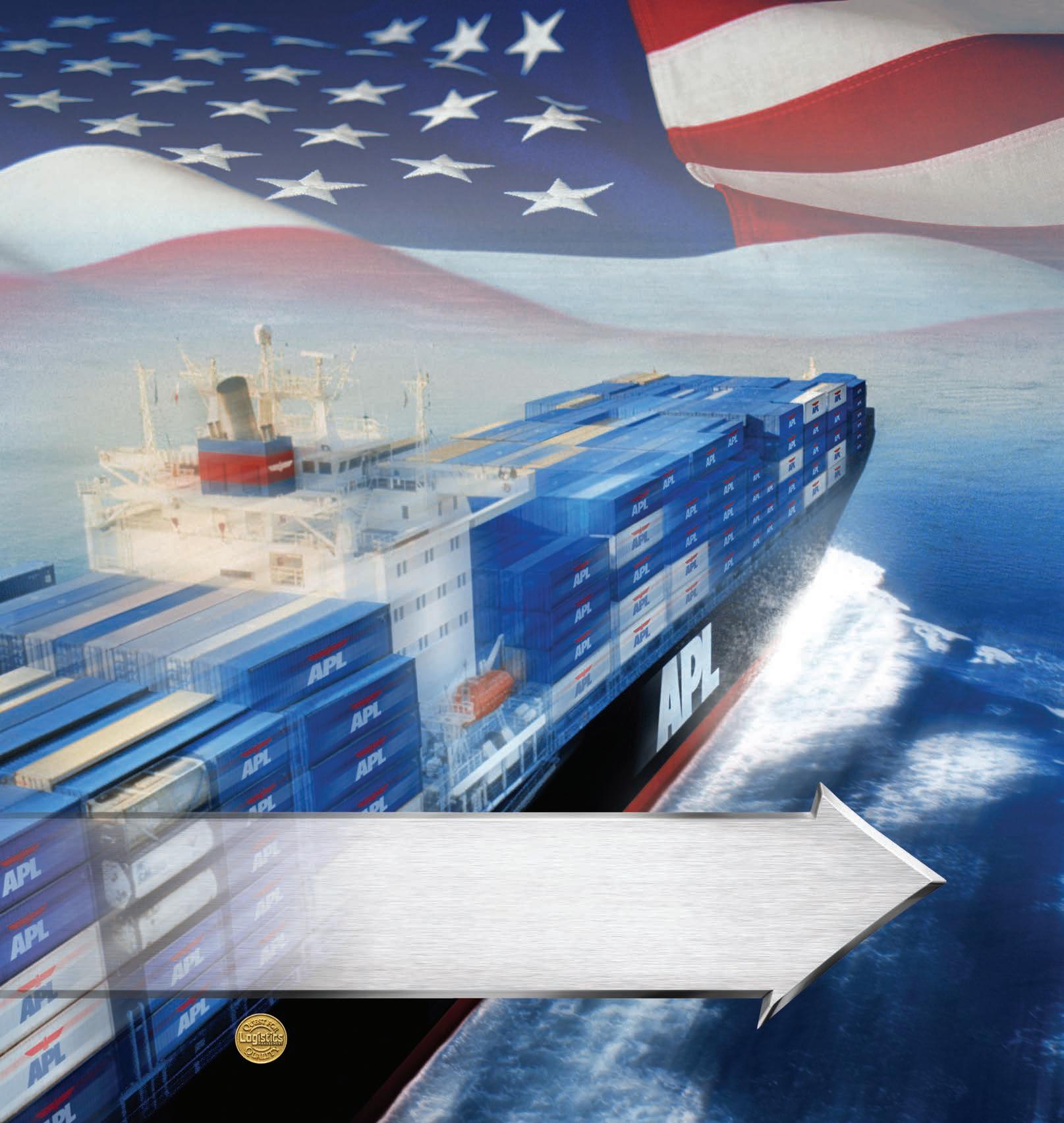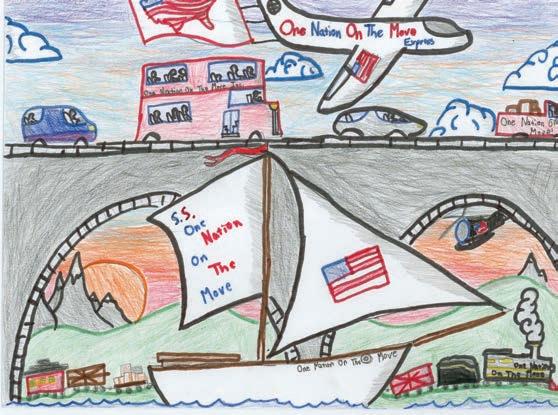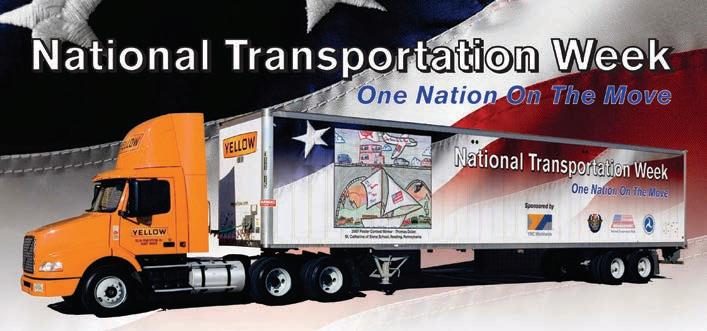[ in Search of ]
LOGISTICS VISIBILITY ENABLING EFFECTIVE DECISION MAKING By LTG C.V. Christianson, USA, Director for Logistics (J-4)
INTRODUCTION The Joint Force Commander—and by extension their logisticians—requires timely, accurate, and relevant information to make effective decisions. This requirement is especially critical in the Joint Logistics Environment. The joint logistics community must continuously execute processes, effectively coordinate the allocation of limited resources, and clearly understand the supported joint commanders’ requirements across the broad range of military operations. In order to effectively and efficiently execute these functions, joint logisticians must have visibility. PURPOSE This paper serves as a reference point for discussion, a framework for concept development, and an integrating tool for the countless efforts across Defense and industry to improve logistics visibility in the broadest and most holistic sense of the term. In order to scope this paper, we will focus our attention on the Joint Logistics Environment (JLE). This paper offers a proposed definition of visibility, highlights key issues and concepts for consideration, and offers ideas for future efforts based on an understanding of where we believe the most pressing requirements for visibility lie within the JLE. It is clear that complete system-wide access to all information is not attainable, or even desirable. Given this, we will also offer a framework that describes in broad terms the kind of visibility required by different elements within the JLE. Current visibility definitions focus almost entirely upon asset visibility. In order to provide effective logistics support across the operating environment the joint logistician must “see” more than just assets. The logistician must fully understand the requirements for logistics support (who needs what?) as well as the resources available (what do I have to work with?) arrayed in time and space to meet those requirements. The logistician must also be able to monitor joint logistics performance within the JLE—are the logistics processes in place and working? Without this kind of knowledge, the logistician cannot plan or execute effectively or efficiently.
For the purpose of this paper, we have chosen to define logistics visibility as “access to logistics processes, resources, and requirements to provide the knowledge necessary to make effective decisions.” Processes, resources, and requirements are further defined below. a) Processes are defined as a series of actions, functions, or changes that achieve an end or result. Multiple processes occur across and within the JLE, such as depot repair, patient movement, force deployment, and the delivery of contingency contract support. Before we can effectively develop visibility applications, we must clearly understand the end-to-end processes that deliver an outcome for the joint force. Mapping these processes is critical to knowing where and when to place visibility “sensors” to give us the knowledge we need to enable the effective delivery of those joint outcomes. b) Resources can be summarized using the term “total assets.” It is defined as the aggregate of units, personnel, equipment, materiel, and supplies that are brought together in time and space to generate and support joint capabilities and their supporting processes. We must be able to see Service components, multinational, and other logistics assets in a way that provides integrated resource visibility to the Joint Warfighter. c) Requirements are defined as what the joint force needs to accomplish its mission. Requirements can originate from anywhere, and can result in a tasking for anyone in the JLE. Requirements also change over time based on plans, current operations, and a changing environment. Collectively, visibility of processes, resources, and requirements comprise the information that logisticians need to accomplish their mission; without each of these “elements” they cannot apportion resources and prioritize effort. Logistics visibility provides the ability to plan, synchronize, and monitor operations and processes to optimize outcomes. The ultimate effect we are trying to achieve is sustained logistics readiness.
www.ndtahq.com | 9






